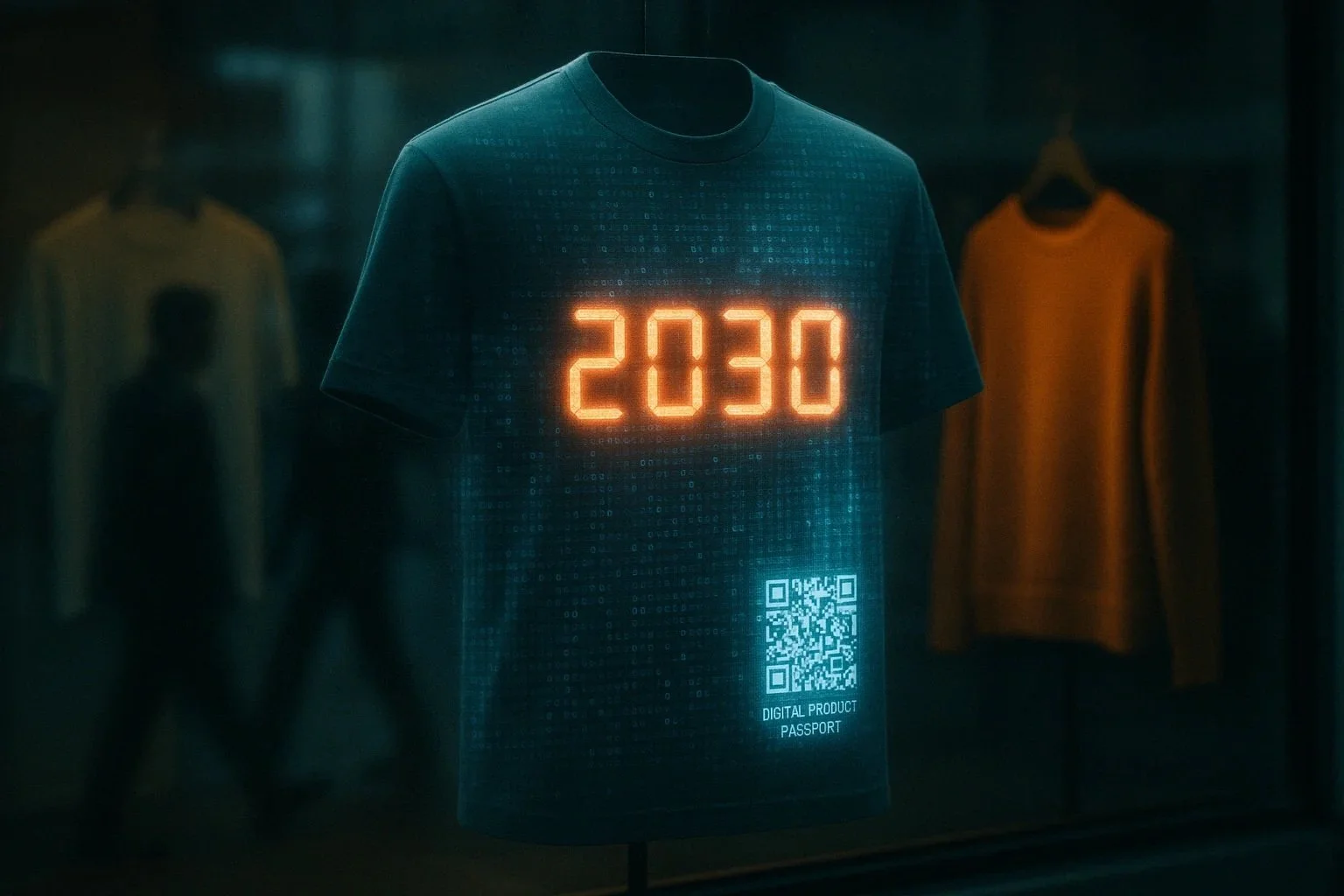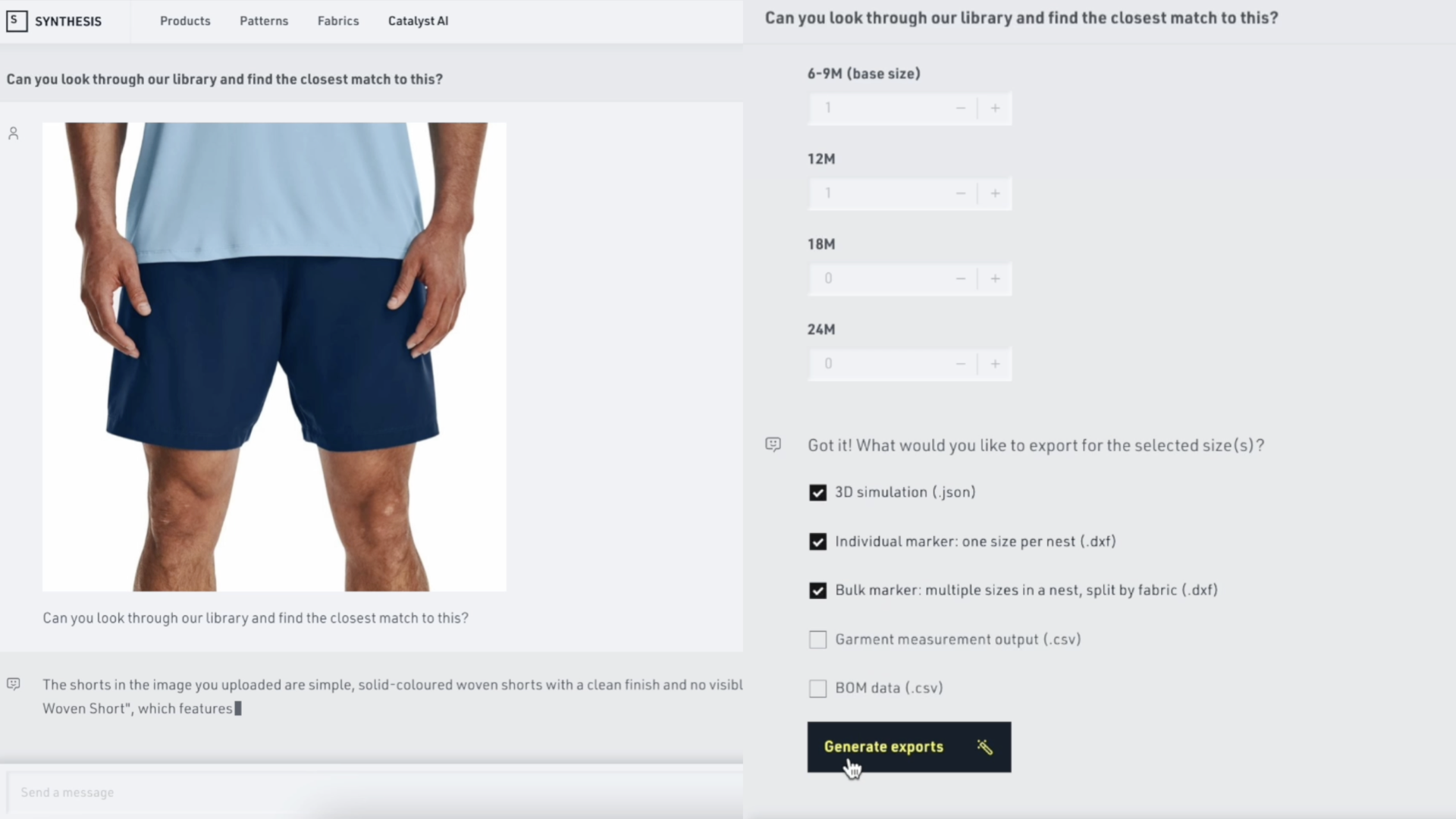Digital Product Passports Are Coming by 2030. Is Fashion Ready for This Level of Transparency?
By 2030, if your product can’t tell its story, it might not be allowed to exist, at least not in the EU. That’s the stark mandate from the European Union’s new Ecodesign for Sustainable Products Regulation (ESPR), and its most disruptive instrument: the Digital Product Passport (DPP).
It might sound like red tape, but make no mistake, this is one of the most radical shifts fashion has faced in decades.
Much like nutrition labels changed the food industry, the message to fashion brands is clear: digitise or disappear.
What is the Digital Product Passport? And Why It Affects You (Even Outside the EU)?
In plain terms, the DPP is a digital ID embedded into physical products. It starts with high-impact categories like fashion, textiles, electronics, and furniture, and scales from there.
But this isn’t just a QR code. It’s a digital profile that carries a product’s full lifecycle story:
Where the materials came from
Who manufactured it and how
Its environmental and carbon impact
Instructions for repair, reuse, or recycling
According to the EU’s plan, every product sold in the EU will need one by 2030, including your best-selling tee, recycled sneakers, and even the deadstock capsule you promoted as circular. If you sell or ship products into the EU, this applies to you whether you're in New York, Tokyo, or Sydney.
Why It Matters: Transparency Becomes Infrastructure
Fashion’s traditional operating models, fragmented supply chains, opaque sourcing, and disconnected systems are no longer good enough. The DPP isn't just about checking a regulatory box. It’s a shift in how products are designed, tracked, and sold.
If you can’t trace your product’s story, you may not be allowed to sell it.
In this new framework, every item becomes a data object in a connected, circular ecosystem. That means no more fuzzy sourcing claims or unverifiable sustainability marketing. Regulators demand proof. Consumers do too.
Next Steps for Brands: From Risk to Readiness
The DPP isn’t just a compliance challenge. It’s a strategic unlock. Brands that act early stand to benefit from:
Full product traceability from concept to end-of-life
Automated compliance and carbon reporting, supported by real-time data
Smarter design and iteration using real-world product performance data
Enablement of resale, repair, rental, and take-back models
In short, transparency is becoming infrastructure. Brands that embrace it now will outpace those that delay until it’s legally required.
Six Atomic’s Take: Build for Visibility, Not Just Labels
At Six Atomic, we see the Digital Product Passport as more than a regulatory hurdle. It’s a chance to redesign how fashion operates. We built Catalyst AI Designer, an intelligent product design tool that connects your creative process to real-time product and supply chain data. Catalyst doesn’t replace your existing PLM or eCommerce tools, but it works with what you already use, filling the visibility gaps that hold brands back from true DPP readiness.
Catalyst is more than a data layer; it’s a creation engine. From idea to production, Catalyst can generate production-ready patterns, 3D garments, bulk markers, detailed tech packs and BOMs in one go. Designers can start from a technical sketch, a reference photo, or even a known style ID, or their design ideas. Catalyst then uses that input to produce a complete digital product with embedded data supporting downstream activities like sampling, sourcing, and compliance.
Because Catalyst links to your pre-existing databases including materials, suppliers, environmental data, and it can automatically surface key product information like sourcing locations, fibre content, or manufacturing impacts as you design. No more chasing data through emails or Excel sheets weeks after a product is finalised. With Catalyst, the DPP starts building itself in the background.
In short: every product you design becomes a data-native product, with a digital trail that’s DPP-ready by the time it hits the market. And that changes everything from how you design to how you tell your sustainability story.
Final Word: Don’t Wait for 2030. That’s Too Late.
The Digital Product Passport isn’t a box to tick; it’s a mirror that reflects how far behind the industry’s infrastructure really is.
The question is no longer whether you’ll need product-level data. It’s how fast you can activate it and what else you can unlock once it’s live.
By 2030, the best-selling products won’t just be well-designed, they’ll be data-native, lifecycle-aware, and ready for what’s next. Will yours be?
Ready to align your product development workflow with ESPR and unlock circular value?
Fill the form to speak with our team, and we’ll help you connect the dots from design to data infrastructure and deliver value far beyond regulation.




